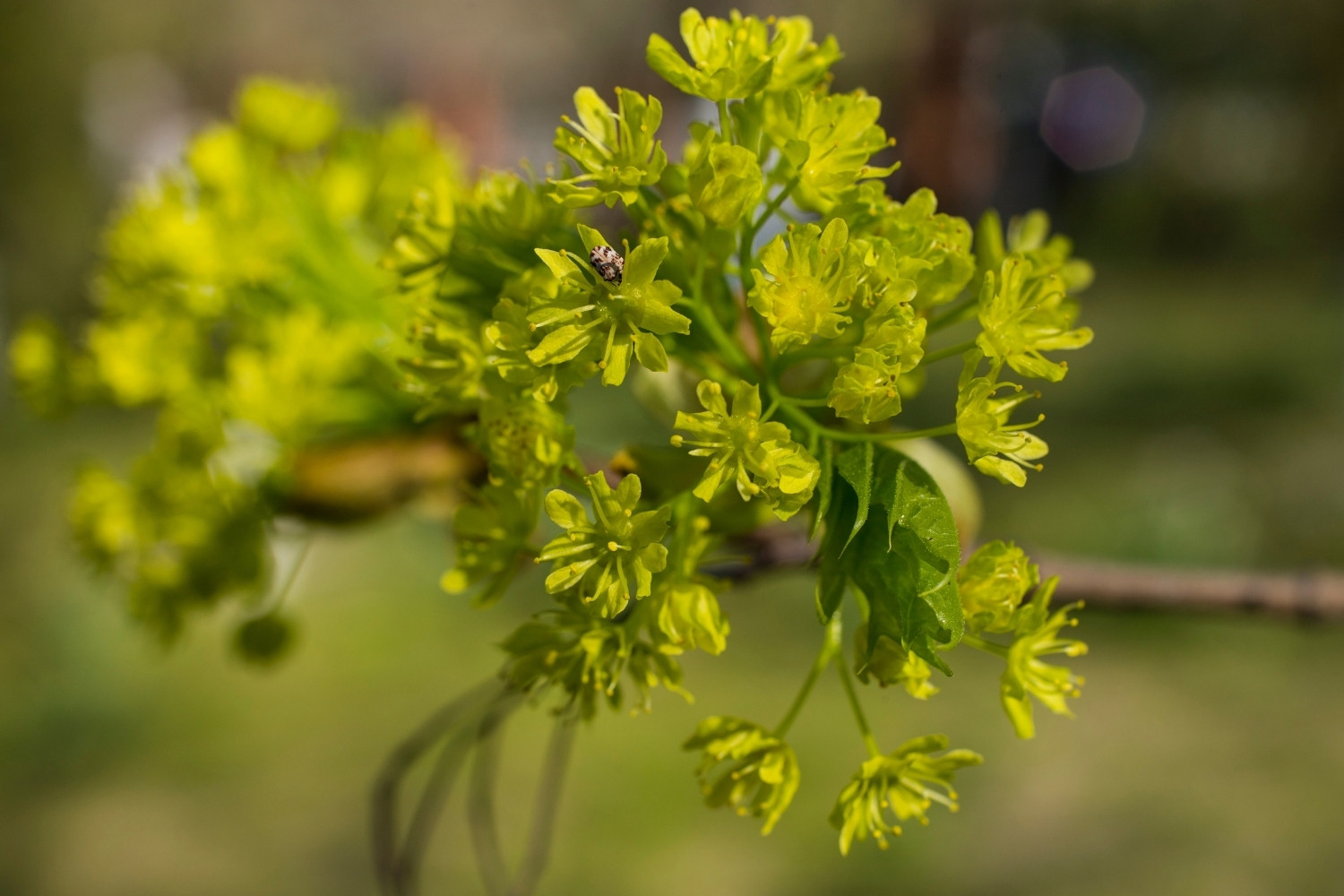
Gibberellins are a group of plant hormones that play a crucial role in regulating growth and development. Ever wondered why some plants grow tall while others stay short? Gibberellins are the answer! These hormones influence various processes such as seed germination, stem elongation, leaf expansion, and flowering. They were first discovered in Japan when scientists noticed that a fungus called Gibberella caused rice plants to grow abnormally tall. Since then, researchers have identified over 100 different types of gibberellins. Understanding these hormones can help improve crop yields and develop new agricultural techniques. Ready to learn more? Here are 27 fascinating facts about gibberellins that will deepen your appreciation for these tiny but mighty plant growth regulators.
What are Gibberellins?
Gibberellins are a group of plant hormones that play a crucial role in various growth processes. They were first discovered in Japan and have since become a significant topic in plant biology.
-
Gibberellins were first discovered in Japan in the 1930s by Eiichi Kurosawa while studying a fungal disease in rice plants.
-
The name "gibberellin" comes from the fungus Gibberella fujikuroi, which produces these hormones.
-
Over 130 different gibberellins have been identified in plants, fungi, and bacteria.
-
Gibberellins are involved in seed germination, stem elongation, leaf expansion, and flowering.
How Do Gibberellins Affect Plant Growth?
Gibberellins influence various aspects of plant growth and development. Understanding their effects can help in agricultural practices and plant breeding.
-
They promote seed germination by breaking seed dormancy and stimulating enzyme production that mobilizes food reserves.
-
Gibberellins stimulate stem elongation by promoting cell division and elongation, making plants grow taller.
-
They enhance leaf expansion by increasing cell size and number, which improves photosynthesis.
-
Gibberellins play a role in flowering by inducing the formation of flowers in some plants.
-
They can delay leaf and fruit aging, extending the shelf life of produce.
Gibberellins in Agriculture
Gibberellins have practical applications in agriculture, helping improve crop yields and quality.
-
Farmers use gibberellins to increase the size of fruits like grapes and apples.
-
They are used to promote uniform flowering and fruit set in crops like citrus and tomatoes.
-
Gibberellins can be applied to barley and other cereals to speed up germination and improve malting quality.
-
They help break seed dormancy in crops like potatoes and carrots, ensuring timely germination.
-
Gibberellins are used to produce seedless grapes by stimulating fruit development without fertilization.
Interesting Facts About Gibberellins
Gibberellins have some fascinating characteristics and uses beyond their primary functions.
-
They can be used to create dwarf varieties of plants by inhibiting gibberellin production, which is useful in ornamental horticulture.
-
Gibberellins are involved in the "bolting" process of biennial plants, where they rapidly produce a flowering stem.
-
They can be used to induce parthenocarpy, the development of fruit without fertilization, in crops like cucumbers and tomatoes.
-
Gibberellins are used in the brewing industry to enhance the malting process of barley.
-
They can help overcome the effects of environmental stress on plants, such as drought or poor soil conditions.
The Science Behind Gibberellins
The molecular mechanisms of gibberellins are complex and involve various pathways and interactions within the plant.
-
Gibberellins are synthesized in the plastids of plant cells and then transported to other parts of the plant.
-
They interact with other plant hormones like auxins and cytokinins to regulate growth and development.
-
Gibberellins bind to specific receptors in plant cells, triggering a cascade of molecular events that lead to growth responses.
-
They can influence gene expression by activating or repressing specific genes involved in growth processes.
-
Gibberellins are degraded by enzymes in the plant, ensuring their levels are tightly regulated.
Future Research and Applications
Ongoing research on gibberellins continues to uncover new insights and potential applications in agriculture and beyond.
-
Scientists are exploring ways to manipulate gibberellin pathways to create crops that are more resistant to environmental stress.
-
Research is being conducted to develop gibberellin-based biostimulants that can enhance crop growth and yield.
-
Advances in genetic engineering may allow for the precise control of gibberellin production in plants, leading to improved agricultural practices.
Gibberellins: Nature's Growth Boosters
Gibberellins play a crucial role in plant growth and development. These plant hormones help seeds germinate, stems elongate, and fruits grow larger. Farmers and gardeners use gibberellins to improve crop yields and enhance the quality of fruits and vegetables. Understanding how gibberellins work can lead to better agricultural practices and more sustainable farming.
From promoting seedless fruit production to increasing the size of grapes, gibberellins have a wide range of applications. They also help plants adapt to different environmental conditions, making them more resilient. By harnessing the power of gibberellins, we can address some of the challenges faced by modern agriculture.
In short, gibberellins are vital for plant health and productivity. Whether you're a farmer, gardener, or just curious about plant biology, knowing about gibberellins can provide valuable insights into the natural world.
Was this page helpful?
Our commitment to delivering trustworthy and engaging content is at the heart of what we do. Each fact on our site is contributed by real users like you, bringing a wealth of diverse insights and information. To ensure the highest standards of accuracy and reliability, our dedicated editors meticulously review each submission. This process guarantees that the facts we share are not only fascinating but also credible. Trust in our commitment to quality and authenticity as you explore and learn with us.
